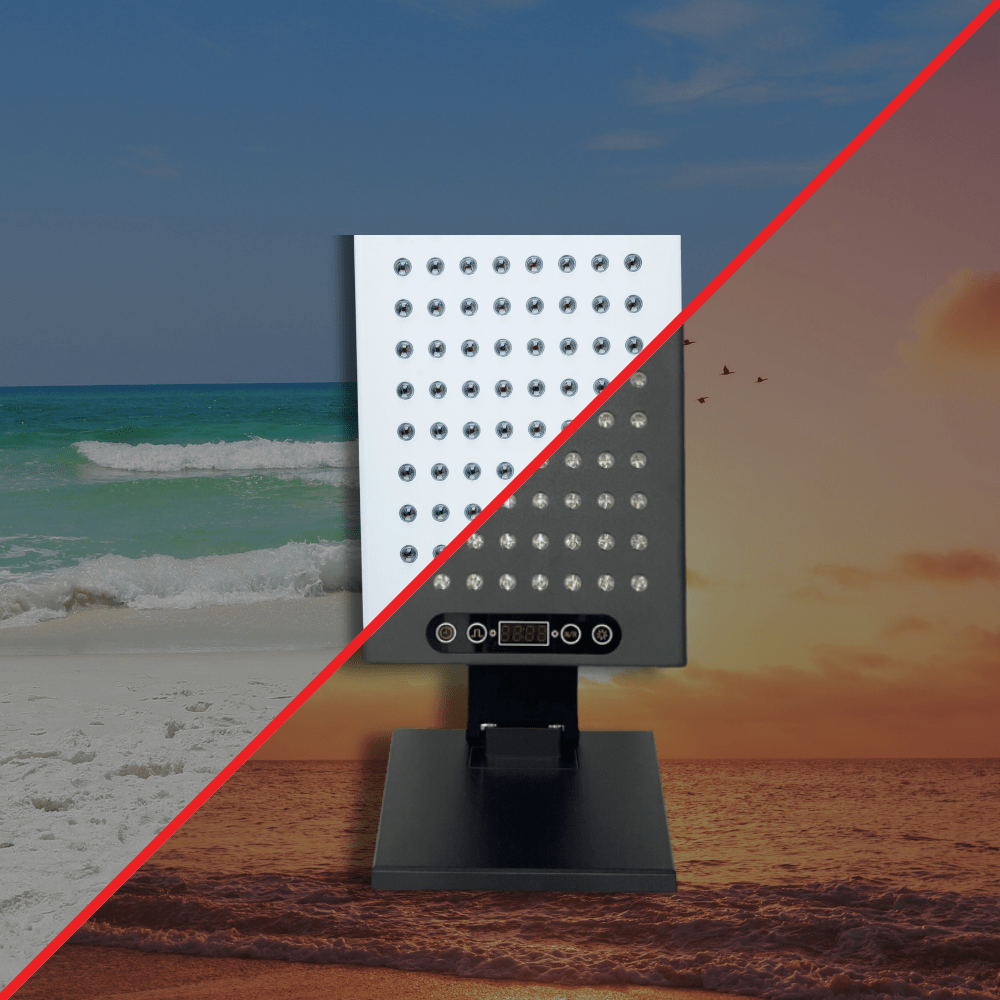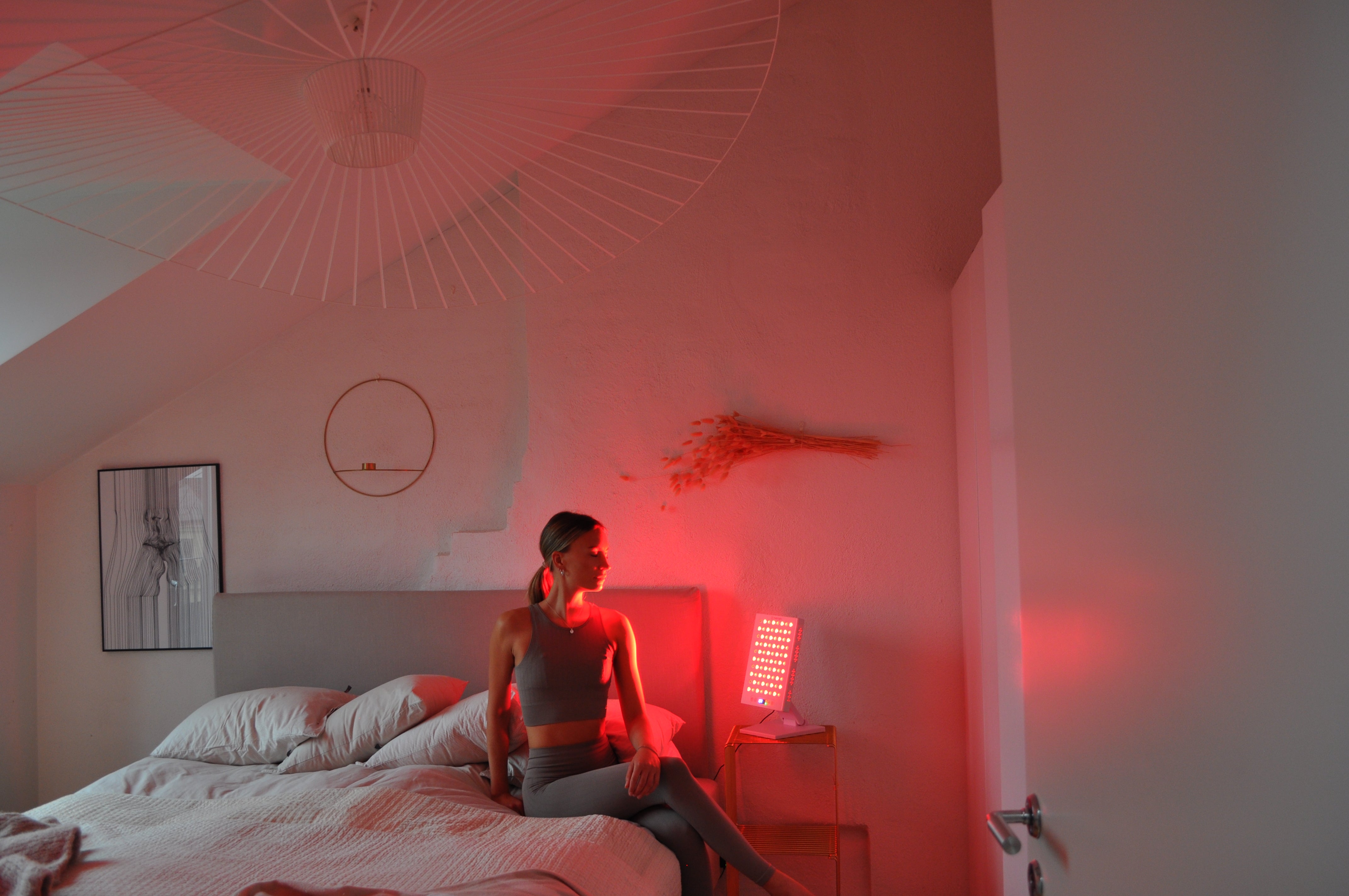Light has long been known for its positive impact on our mental health. Light therapy has been used for decades as a treatment to alleviate symptoms of depression, especially for those suffering from seasonal affective disorder (SAD) – a form of depression that often worsens during the dark winter months. Recently, research on the effects of light on our brain has increased, and there has also been exploration of the effects of different types of light, including red light therapy, to see how they can support our mental well-being.
How light affects the brain
Light plays a crucial role in regulating our circadian rhythm, the body's internal clock that controls sleep and wakefulness. When light hits the eyes, signals are sent to the brain that affect the production of melatonin, a hormone that regulates sleep, as well as serotonin, often called the "feel-good hormone," which is strongly linked to our mood and feelings of happiness. During the winter months, when we receive less natural daylight, serotonin production often decreases, which can lead to symptoms of depression and low mood.
Light therapy involves exposing oneself to artificial light of high intensity that mimics daylight. By using a light therapy lamp during the morning hours, people with depression or seasonal affective disorder can stimulate serotonin production and thereby improve their mood and energy.
Red light therapy: A new type of light treatment
Red light therapy is another form of light treatment that in recent years has gained attention for its possible health benefits. Red light therapy, or RLT (Red Light Therapy), uses red and infrared light to penetrate deeply into the skin and stimulate cell renewal and healing. Originally, red light therapy was mainly used in dermatology to improve skin elasticity, reduce inflammation, and treat acne, but newer research suggests that it may also have a positive effect on mental health.
Researchers believe that red light therapy can increase blood flow and improve oxygenation in the brain, which in turn may reduce symptoms of depression and anxiety. Red light also appears to promote the production of adenosine triphosphate (ATP), the molecule that drives energy production in cells, which can improve energy levels and reduce the feeling of fatigue often associated with depression.
Evidence and research on light and red light therapy
A number of studies have shown that light therapy is effective in alleviating symptoms of seasonal depression. The effect of light therapy is sometimes compared to that of antidepressant drugs, and for some individuals, it can even be a more natural and side-effect-free form of treatment. The effect of red light therapy is not yet as extensively documented, but some studies suggest that red light may have similar mood-enhancing effects, although the research is still in an early stage.
This is how light and red light therapy can be used
For those suffering from depression or seasonal affective disorder, regular exposure to bright light (at least 10,000 lux) during the morning hours can help reset the circadian rhythm and increase serotonin levels. Many use light boxes, which can be purchased for home use and placed on a table or workspace, and spend 20-30 minutes in front of the light in the morning.
Red light therapy can be performed using special LED lamps that emit red light with a low wavelength. A treatment usually lasts 10-20 minutes and can be repeated several times a week. Although red light therapy is not yet a standard treatment for depression, some data suggest that regular use may help improve energy levels and reduce anxiety, which can be beneficial for those suffering from mild to moderate depression.
Conclusion: The potential of light as an antidepressant tool
The antidepressant effects of light are undeniable, and using both regular daylight and specific light therapy is a powerful tool for many who suffer from low mood or depression. With red light therapy as a complement, new opportunities open up to support mental health, and it is possible that more health benefits will be discovered as research progresses. For those seeking a natural, medication-free alternative or complement to traditional treatment, light therapy and red light therapy can be valuable components in a holistic wellness strategy.
Read more at SvD: Sleep researcher: Light has a strong antidepressant effect
The studies and research presented here are conducted by independent researchers and institutes. Nutrilight does not fund these studies and has no connection to their execution. These studies generally concern photobiomodulation and are not specifically related to Nutrilight's products.





Share:
Red light therapy can reduce the number of fat cells
Traditional Red vs. Nutrilights Blackline